Approaches to combating a recession

While no one really knows what the recovery period following the coronavirus shutdown will look like, it’s a good idea to plan for tough times and be pleasantly surprised if things bounce back quickly.
Here are a few strategies dental practice owners have implemented during slow times of the past.
Create a new profit center
It may seem counterintuitive to invest in a new technique or technology during a downturn but creating a new service, or a significantly upgraded version of a current one, can be an effective way to market to the patients who are most likely to accept treatment–the ones you already have.
Analyze every profit center in your practice to look for opportunities to enhance your offerings in hygiene, restorative, maintenance, retail items, cosmetic services and more. It’s worth speaking to your accountant before making any major investment in equipment to discuss the best ways to leverage depreciation during these unique times.
Offer a discounted consultation with your patients
A comprehensive examination takes time, especially when you include muscle examination, oral cancer screening, preliminary occlusal exam, periodontal probing and a more detailed look at previous restorations–but it’s a good way to find oral health issues that have slipped through the cracks.
Take a few minutes to conduct a short interview with each patient. This is a great way to uncover unhappy patients who were at risk (unbeknownst to you) of leaving for another provider. Often there are small, easy to remedy concerns or complaints patients have but are uncomfortable bringing up until they are asked.
Trust that patients are willing to pay for the best
Some dentists have a tendency to offer patients the most affordable treatment options when times are tough, worrying that presenting a case that’s more expensive will lead to a refusal of treatment.
Instead of making presumptions about a patient’s personal finances, focus on offering the best treatment available and explain the benefits of choosing the highest quality care. Share other options if a patient asks if a more economical alternative exists and let them compare price, durability, functionality and aesthetics.
Many patients would rather receive the best care possible on a payment plan versus a temporary fix they can afford to pay for in cash today.






